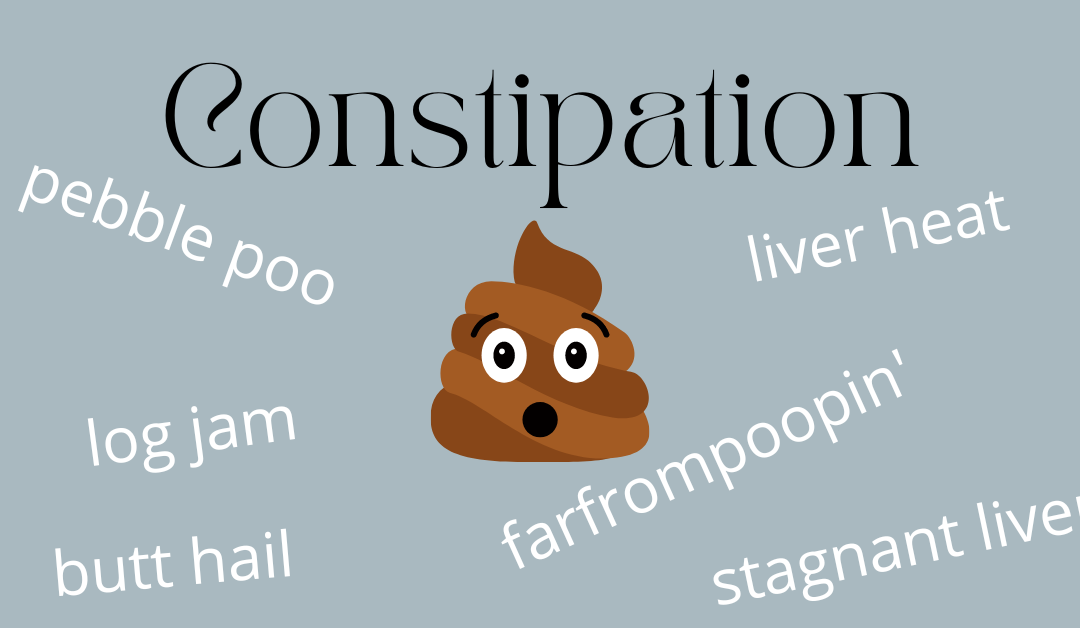
Constipation AKA Log Jam
Constipation, also known as “farfrompoopin” in German has many causes. I cover several of the contributing factors in this post, many of which you may have never heard of.
READ MORE
Constipation, also known as “farfrompoopin” in German has many causes. I cover several of the contributing factors in this post, many of which you may have never heard of.
READ MORE